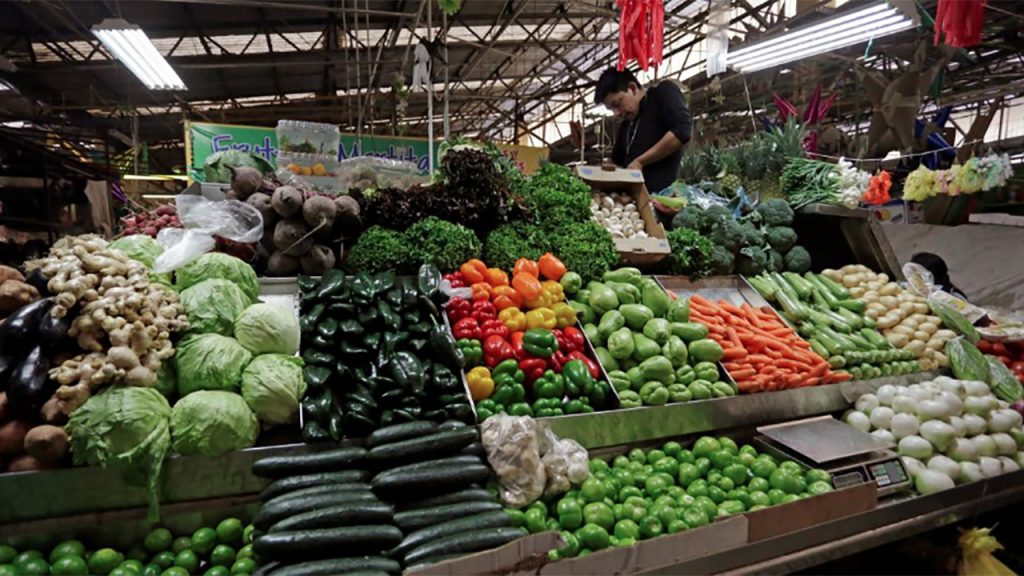Mexico inflation could have accelerated to over 6.8% in November: survey

Reuters. – A Reuters poll on Monday showed that annual inflation in Mexico would have more than doubled the official target again in the first half of November, bolstering expectations that the Bank of Mexico (Banxico) would raise the benchmark interest rate again next month.
The average forecast of 13 specialists yielded a 6.84% rate of inflation between the two years, compared to the second half of October, of 6.36%. If the projection materializes, it would be the highest record since December 2017, when it was 6.85%.
Regarding annual core inflation, the survey expected a rate of 5.40%, the highest level since April 2009.
Banxico this month raised its benchmark interest rate by 25 basis points for the fourth time in a row to 5%, and raised its inflation forecast for the end of this year.
Pansecu’s next monetary policy announcement, the last of eight for this year, is scheduled for December 16. Banxico has a permanent inflation target of 3% +/- 1 percentage point.
Read also: Inflation in November could exceed 7%, very dangerous: Jonathan Heath
Mexico took in $24.832 million in foreign direct investment in the first nine months of the year, up 5.7% from the same period in 2020, the Economy Ministry said Monday in preliminary data.
The United States, Mexico’s main trading partner, came from 49.6% of this amount, followed by Spain with 10.7%, and Japan with 6.3%, according to the report.
Manufacturing concentrated 45% of the capital, followed by mining 14% and financial services 10.9%.
Don’t miss out: IMF renews Mexico’s $50,000 million flexible credit line
Unemployment rate drops 4.2%
Mexico’s unemployment rate reached 4.2% in the third quarter of 2021, down one percentage point compared to 5.2% in the same period in 2020, hit hard by the epidemic, the National Institute of Statistics and Geography (ING) indicated Monday.
With the seasonally adjusted series, In the July-September 2021 quarter, the unemployment rate decreased by 0.2 percentage points compared to the immediate prior quarterInegi added in his report.
During the reference quarter, the country’s economically active population was 58.3 million people, up 4.7 million from the same quarter a year earlier.
The number of employees reached 55.8 million, an increase of 5 million compared to the third quarter of 2020.
By sectors and informality
The survey also counted 31.4 million informal workers in the third quarter of 2021, an increase of 3.9 million people compared to the same quarter of 2020.
in this way, The informal activity rate was 56.3%, which is 2.1 percentage points higher than 54.2% in the same period in 2020.
When looking at the working population relative to the economic sector in which they work, 6.9 million people (12.4% of the total) work in the primary sector, 13.9 million (24.8%) in the secondary or industrial sector, and 34.7 million (62.1%). ) are in higher education or services.
With information from Effie and Reuters.

“Future teen idol. Hardcore twitter trailblazer. Infuriatingly humble travel evangelist.”










